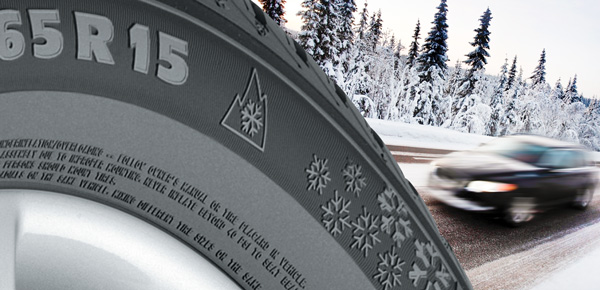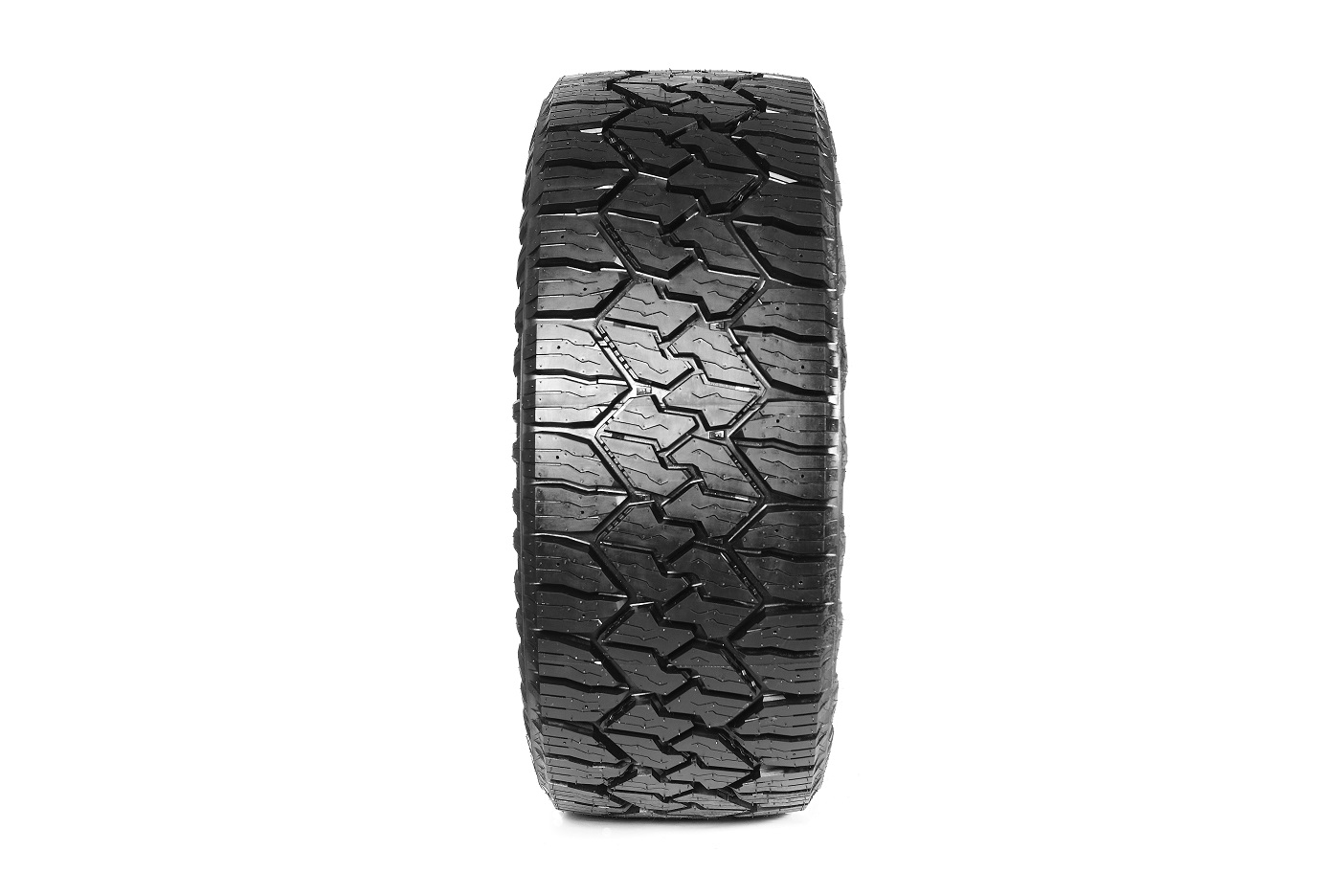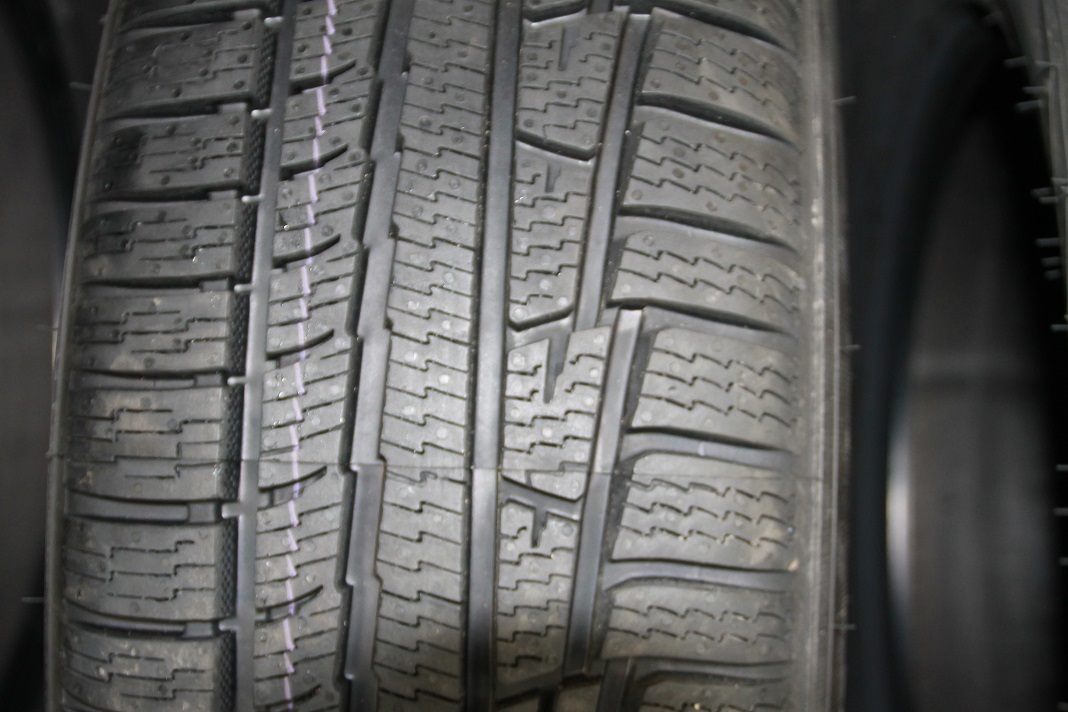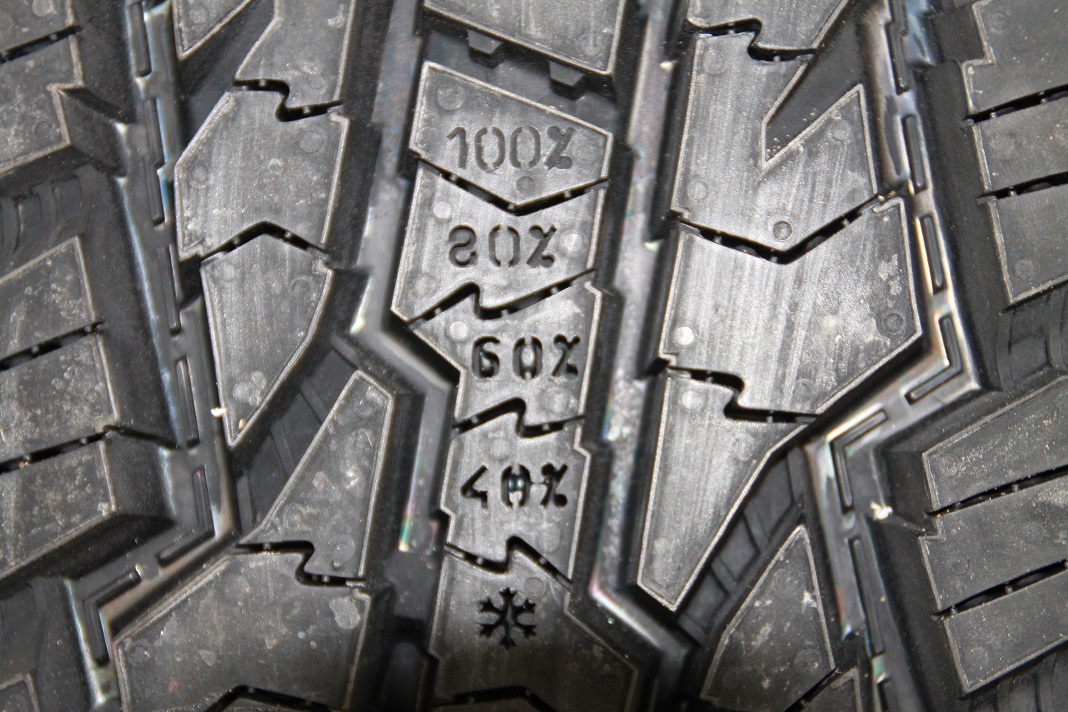All-weather tires – a year round solution whose time has come?
- Written by David Taylor
- Published in CAR REVIEWS
- font size decrease font size increase font size
- Be the first to comment!

In the automotive industry, there is a number, no, not a magic number, but a number which the world over has not changed in many years. That number is 7.
When the ambient temperature reaches 7 degrees Celsius on highways and byways around the globe, the seemingly ubiquitous all-season tire is transformed into what it should really have been named from day one – the three-season tire. At consistent temperatures of 7 degrees or less (which during traditional Canadian winters seems to be for way too many endless months) the compound in those tires begins to break down at a molecular level and loses grip, flexibility and ultimately, traction on the pavement – wet or dry – becoming a liability, a danger to the driver behind the wheel of two-plus tons of steel and aluminum.
Allow us to introduce more of you to the phrase and the product, the all-weather tire – which means just that; it’s a tire suited for just about any and every road condition that the elements can throw at it. Let’s be perfectly clear; all-weather tires are not the same as all-season tires. If you drive in any kind of winter weather, or even just below freezing, all-weather tires are distinctly superior to the aforementioned all-season version. While at least 50% of the Canadian driving public actually install and use winter tires on their vehicles, manufacturers are now introducing another term to tire terminology.
 As explained by Bill Gardiner, a spokesperson for Kal Tire at a recent unveiling of some of the newest all-weather tires available in this country, all-weather tires carry the Transport Canada pictograph of mountain peaks containing several snowflakes. This logo indicates these tires pass the test as a “snow/winter” tire. The important difference is they can be left safely on almost any vehicle all year round.
As explained by Bill Gardiner, a spokesperson for Kal Tire at a recent unveiling of some of the newest all-weather tires available in this country, all-weather tires carry the Transport Canada pictograph of mountain peaks containing several snowflakes. This logo indicates these tires pass the test as a “snow/winter” tire. The important difference is they can be left safely on almost any vehicle all year round.
Fact; on bare pavement at just below freezing, an all-season tire takes about 30 per cent longer to stop than a snowflake-rated tire. Throw in some slush, snow or ice, and the stopping differences become scary.
Fact; all-season tires were originally intended to be a viable option on snow and ice, but the reality is that once temperatures hit that number, 7, they begin to lose their ability to grip the road surface. For too long, the majority of consumers have believed that an all-season tire was the solution for their car, van, light truck or SUV.
Awareness in recent years has helped to promote the benefit of winter tires (not “snow” tires) to the driving public. Many, especially those that live in rural areas or in so-called snow belt regions have been fervent converts to the two-tire system; a set of all-seasons for perhaps seven to eight months and then a second set of winter tires for the often cold and cruel winter months. This however, necessitated an additional expense to the driver. At the very least, two separate sets of tires on one set of rims or, two sets on two unique rims. Not only that, but there is the additional cost to factor in such as changing the tires/wheels twice a year. Should you keep any vehicle for longer than 48 months or more, you may also be looking at the additional cost of two replacements sets of tires. Per vehicle. Then there’s tire storage to factor in.
In Europe, where the all-weather tire was born – technically in Finland, designed and tested by engineers from the Finnish tire company Nokian – space in urban areas is at a premium – and storing an additional set of tires was not only difficult, but in some instances, impossible and cost-prohibitive.
Simply, all-weather tires are an excellent choice for many Canadian drivers. They’re long-lasting and designed for year-round use. They deliver the safety of a designated winter tire with the stability and handling of a summer tire. And maybe most importantly, as a year-round tire they eliminate the hassle and expense of storing and maintaining a second set of tires.
All-weather tires were introduced to Canada back in 2000. With the release of the fourth generation of Nokian tires for this winter, specifically the premium Nokian WRG3 for cars and SUVs and a 20 per cent improvement in longevity from the previous generation, they now yield an average 100,000 kilometres and an available selection of some 79 different sizes. Further, rolling resistance on this tire has improved by a staggering 12 per cent. This also reduced the noise signature of this asymmetrical tire.
Today, with all-weather tires available through each of the 250 Kal Tire outlets across Canada, fleet managers are taking notice; imagine running any municipal or corporate fleet on one set of tires. Down time through winter changeover and additional storage cost would be eliminated. Even without the benefit of a calculator, it’s apparent that the logistics benefit here is huge.
As Bill Gardiner stated, “That’s why the all-weather tire could be the answer for so many drivers and operators. They’d get the safety they need, because this is a designated winter tire as well as a superior summer tire, and they wouldn’t have to buy or store a second set of tires.” Gardiner continued, “These all-weather tires are perfect for drivers in cities with mild winter weather, because you’ll have the traction you need to get to the ski hill on the weekend, and you’re going to get excellent stability and grip on wet and slushy roads. Slush is actually the second-most dangerous driving condition, and it’s the most common.” Check out the unique golf ball-like dimples on the tires which help reduce slush, ice or snow build up.
To have grip, tires need to be flexible, that’s why all-seasons don’t have much traction below freezing. All-weather tires do not have this problem; their specific compound formula keeps the rubber soft well below freezing. It also stops the rubber from getting too soft when driving in summer heat. This is partially achieved by having the tires built to a higher speed rating than might be expected for any given size. Higher speed-rated tires are built stiffer and can dissipate heat better than lower-rated tires. All-weather tires are a bit noisier than premium all-seasons, and because they may be a higher speed rating than you would normally use, the ride may seem a little more firm.
Kal Tire is a leading distributor of all manner of rubber for practically any vehicle requiring a pneumatic tire solution. Similarly, they have the widest and best selection of all-weather tires suitable for any vehicle – and more importantly – any budget. If you drive a light truck or an SUV, take a look at the extensive selection of aggressive and rugged all-purpose, all-terrain tires such as the Muteki Trail Hog, the Nitto EXO Grappler AWT or the Nokian Rotilva AT and AT plus. Some are even studdable for greater traction – subject to provincial jurisdiction. A cool feature of these tires is the wear indicator markers running down the centre of each tire; starting at 100 per cent and in 20 per cent decreasing increments (80, 60 and 40) to a snowflake symbol. If the snowflake is all that is visible, it's time to consider a new set of tires! There is a similar feature on the Nokian WRG3 tires.
At this time, winter or all-weather tires are only mandatory in Quebec. In Manitoba there is a programme which will assist purchasers finance suitable tires.
While the efforts of tire manufacturers and distributors are to be lauded, until more provinces make suitable rubber mandatory or automobile manufacturers themselves outfit vehicles off the show room floor with all-weather tires, their adoption may be slower than many will like. It’s the classic conundrum – the chicken and the egg. While all-weather tires are to be recommended, it is unlikely that consumers will make the switch from brand new all-seasons until such time as they exhibit significant wear and tear. Conversely, any consumer who currently runs on two distinct sets of tires and is ready to replace at least one set should give consideration to all-weather rubber. Long term, this makes economic sense.


